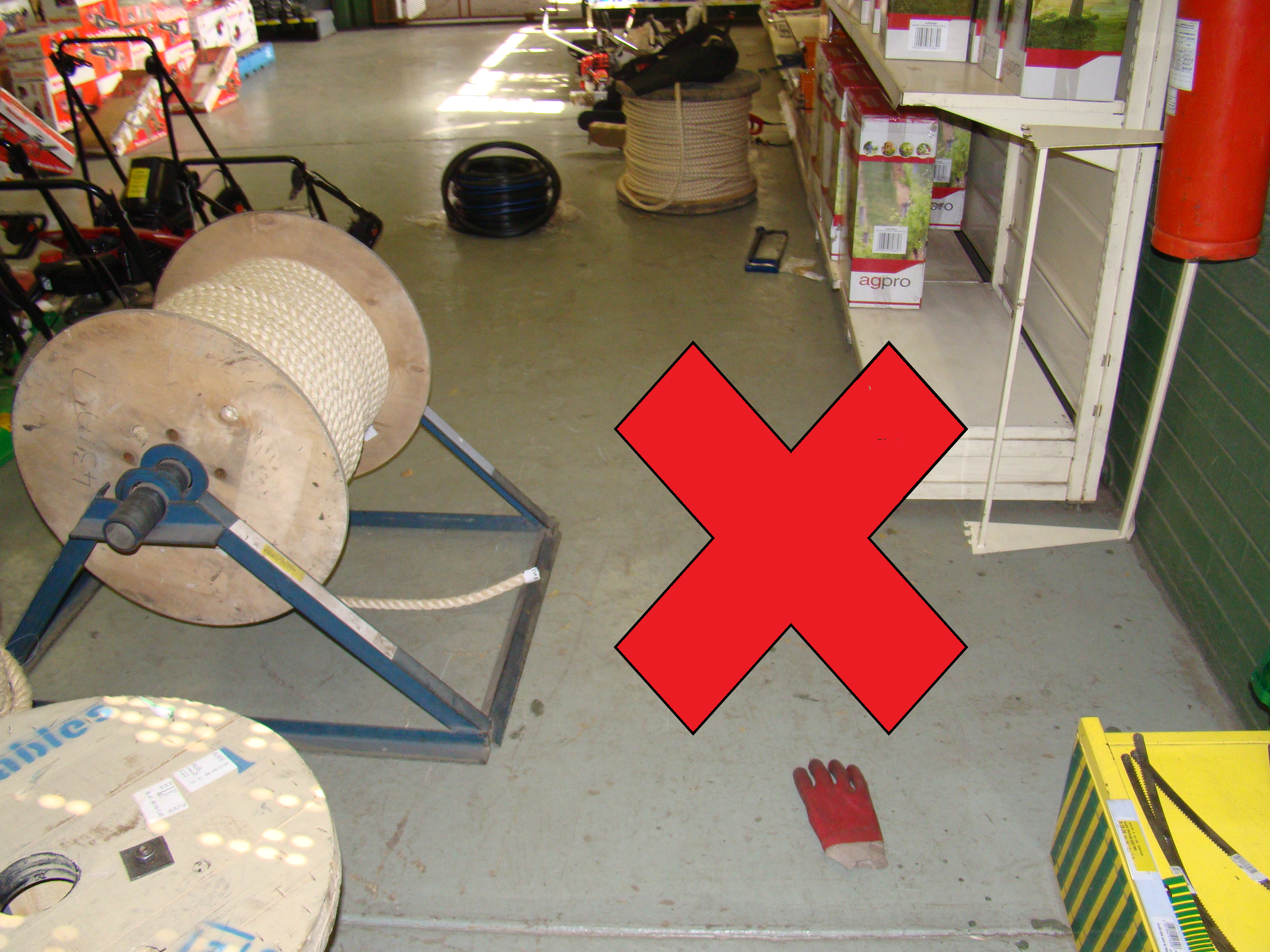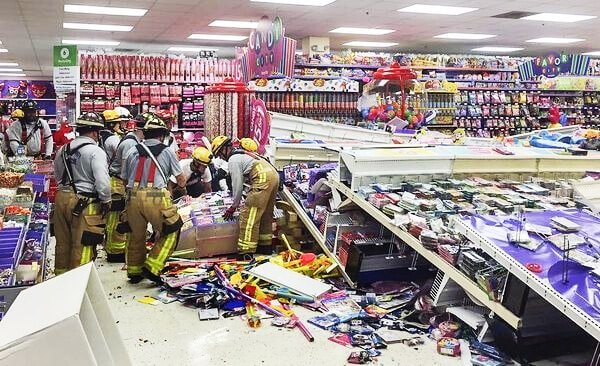The following are the universal principles for displays in retail apply:
Visibility

Merchandise, and the display thereof, means nothing if the customer cannot see it. Visibility can be enhanced by the product itself, the height of the shelves, and the store layout. Promotional material, such as posters and speaker cards, can assist in drawing the customer’s attention to the merchandise.
Accessibility
A customer cannot buy something that they cannot get to. This relates to the height of shelves, rails, products behind counters, and in locked cupboards. In these cases, it is important that a sales assistant is always on hand to help the customer. If not, you might lose the sale.

Striking, Attractive and Innovative
If we use the same displays, or even types of displays, it can become boring and customers might not even notice the difference between a promotional display and a regular display. The whole idea of promotional displays is to attract the customer and to make him/her aware of the product, with additional sales in mind. Creativity and innovation are important.
Appropriate
Products determine the possibilities for displays. One can, for example, stack cans and toilet paper, but you cannot do it with fine glassware or fresh produce. The display must also be appropriate to the store. Some stores have less space than others; therefore, one can, for example, not place displays in aisles in such a way that it blocks them.

Safe
Stores are places where people move around. Displays must not be a hazard to customers and staff. This is applicable to permanent and promotional displays. If shelves are used, they must be securely fixed. The same applies to rails and all other display fixtures and fittings.

Click here to view a video that explains basic retail merchandising.